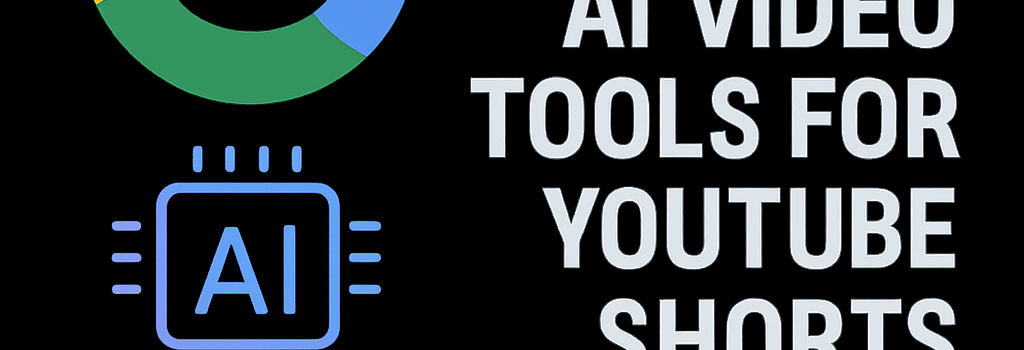Google Launches AI Video Tools for YouTube Shorts and Photos

Introduction
Starting today, Google is rolling out generative AI video features across YouTube Shorts and Google Photos. These tools leverage the Veo 2 model for initial deployments, with an upgrade to the more capable Veo 3 slated for later this summer. By embedding AI-driven video creation directly into its flagship apps, Google aims to democratize content production and maintain its lead in consumer AI services.
AI-Powered Video on YouTube Shorts
YouTube CEO Neal Mohan confirmed earlier this year that Shorts would gain deep generative AI integration. The current release lets creators:
- Convert a still photo into a dynamic, AI-generated clip (up to 10 seconds at 720p).
- Apply prebuilt generative effects—from stylized transitions to synthetic backgrounds—directly in the Shorts camera UI.
- Explore an AI Playground hub showcasing examples, best-practice prompts, and usage analytics.
All inference runs on Google’s TPU v4 Pods in select regions (US, Canada, Australia, New Zealand), with typical render latency under 8 seconds. Google plans to widen availability globally and migrate the backend to Veo 3—an estimated 20 billion-parameter model supporting 4K output and finer motion details—by Q3 2025.
Generative Features in Google Photos
Google Photos users in the US can now turn favorite snapshots into short animations. Two modes are available:
- Subtle Movements—gentle parallax and ambient motion.
- I’m Feeling Lucky—randomized stylistic transformations.
In August, the app will add Remix—a palette of designer-curated styles for rapid one-tap video creation. A new Create tab will surface all AI tools in the bottom navigation bar, boosting feature discoverability.
Technical Deep Dive into Veo Models
The Veo 2 architecture is a transformer-based neural network with approximately 10 billion parameters, optimized for cost-effective cloud inference. It uses a hierarchical attention mechanism to predict frame sequences at 24 fps. Veo 3, by contrast, scales up to 20–30 billion parameters, introduces a dual-stream decoder for higher resolution, and leverages sparsity techniques to halve compute costs per frame.
“Generative video is one of the most demanding AI tasks,” says Dr. Amelia Chen, AI researcher at Stanford University. “Google’s move to deploy these models in consumer apps shows both confidence in their infrastructure and in watermarking safeguards.”
Privacy, Security, and Ethical Considerations
All AI-created videos embed Google’s SynthID watermark—a robust digital signature encoded in the luminance channel—preventing undetectable forgery. Google conducts continuous safety scans to filter harmful content, but adversarial misuse remains a challenge. Industry partners are also developing open-source detectors to spot synthetic video artifacts.
Market Impact and Future Outlook
By integrating generative AI into mass-market apps, Google accelerates adoption among non-technical users. Competitors like Meta and TikTok are racing to add similar capabilities, pushing the boundary of mobile AI. Analysts predict that consumer AI-video tools could generate over 5 billion short clips monthly by 2026, driving new ad formats and creator monetization strategies.
Conclusion
Google’s rollout of AI video tools in YouTube Shorts and Photos marks a significant step toward ubiquitous generative media. While Veo 2 provides an initial taste, the forthcoming Veo 3 upgrade promises sharper realism and faster performance. As these features expand globally, creators and casual users alike will have unprecedented access to on-demand video generation.